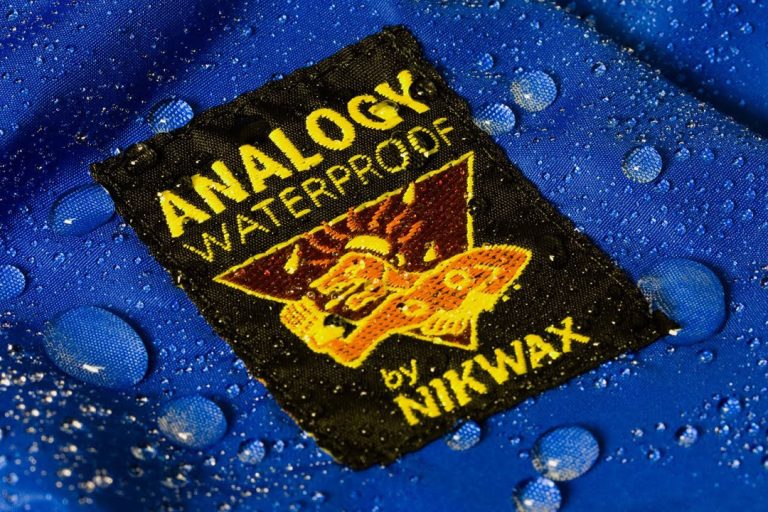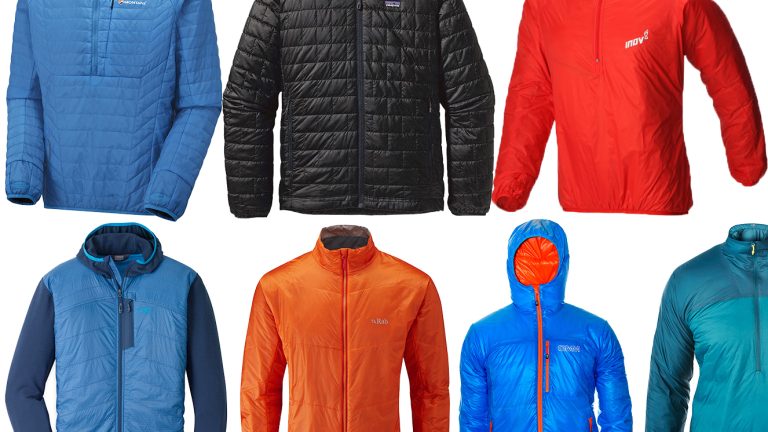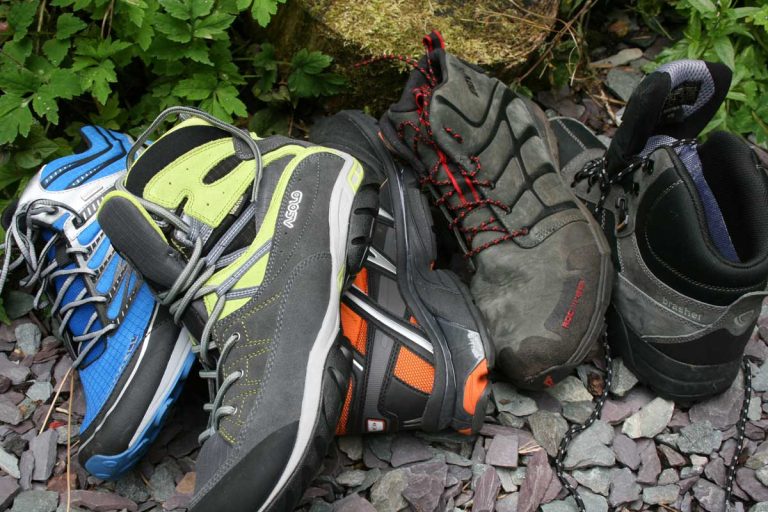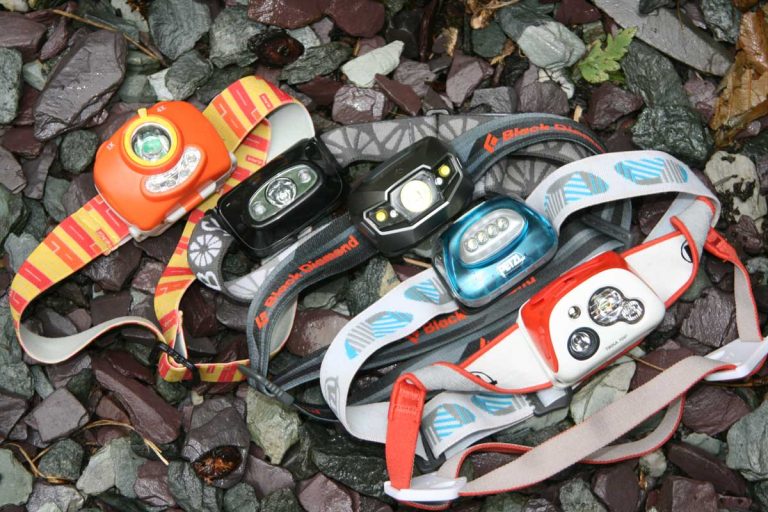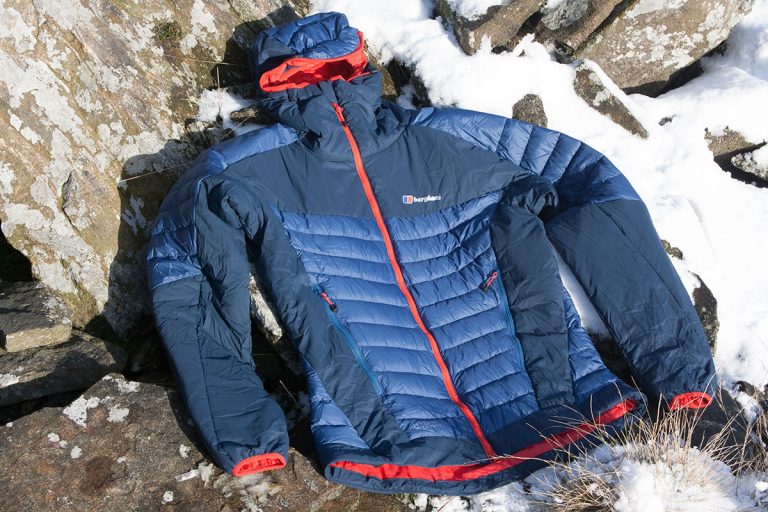
No-one loves waterproof walking overtrousers or shell pants, until it starts raining of course, at which point they become your best friend. So what should you look for when buying a pair and why are they almost always black? Here are some of the most important points to be aware of when you’re shopping for overtrousers.
If you’re looking for individual reviews, check out our Best Waterproof Overtrousers 2016 Reviewed round-up.
Fabric
Legs seem less affected by breathability than the upper body plus legwear has a tendency to get more of a kicking, which means you can compromise a little more on fabric choice even if you run hot. For lighter weight trousers for occasional use, look for a 2.5-layer fabric, for more durability, a tougher, three-layer fabric is the way to go preferably with reinforcement in high-wear areas like the insides of the ankles, seat and knees. All seams should be taped.







